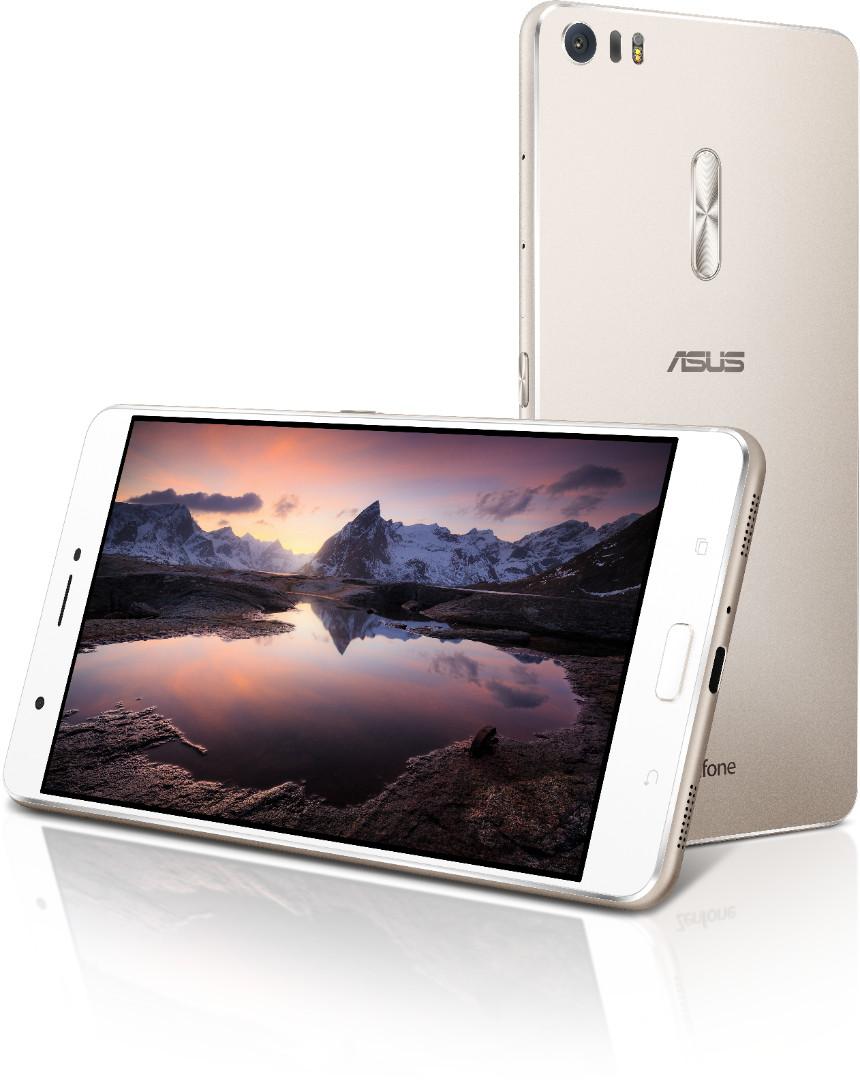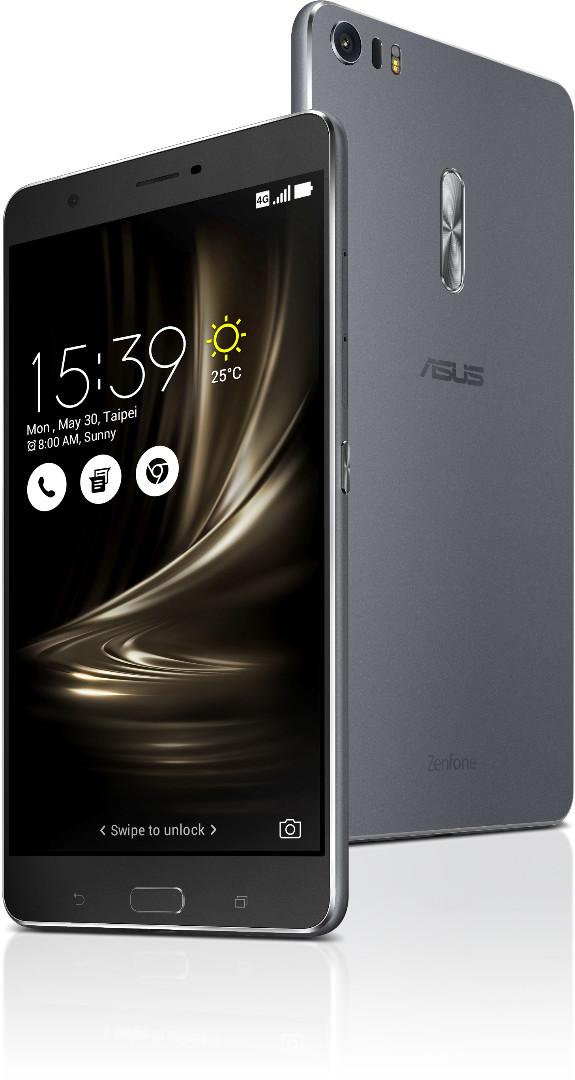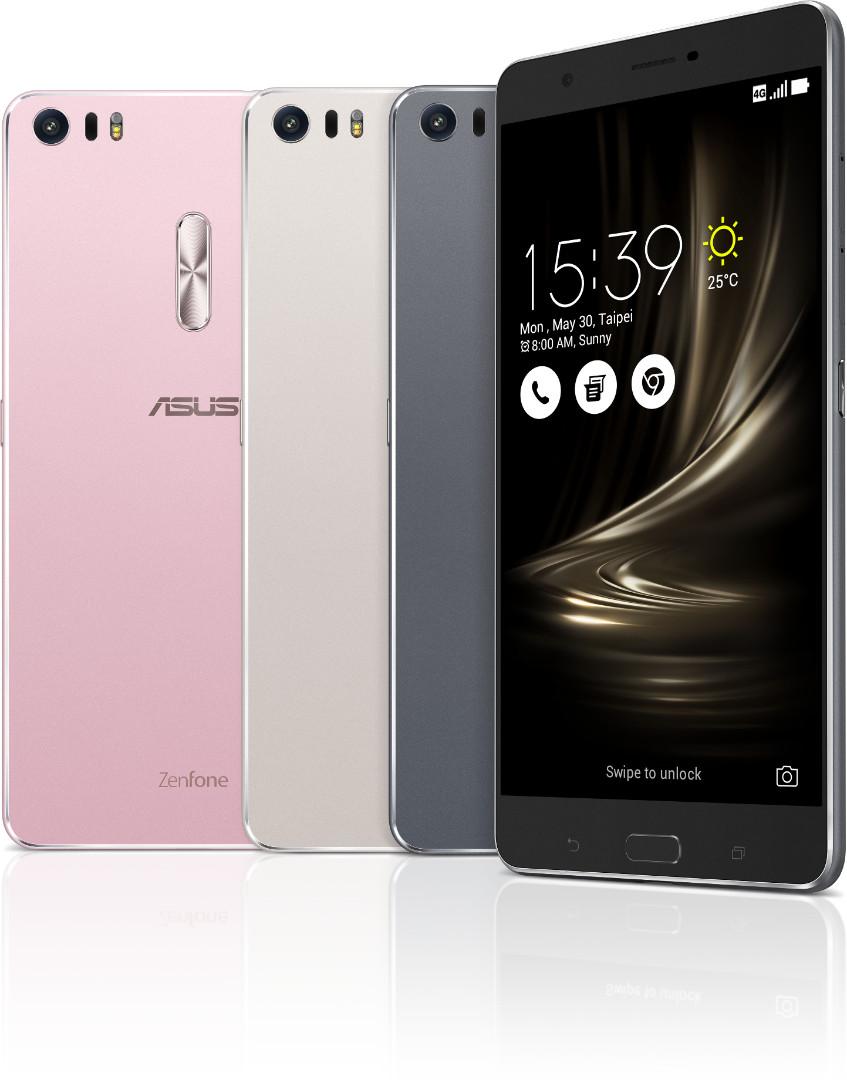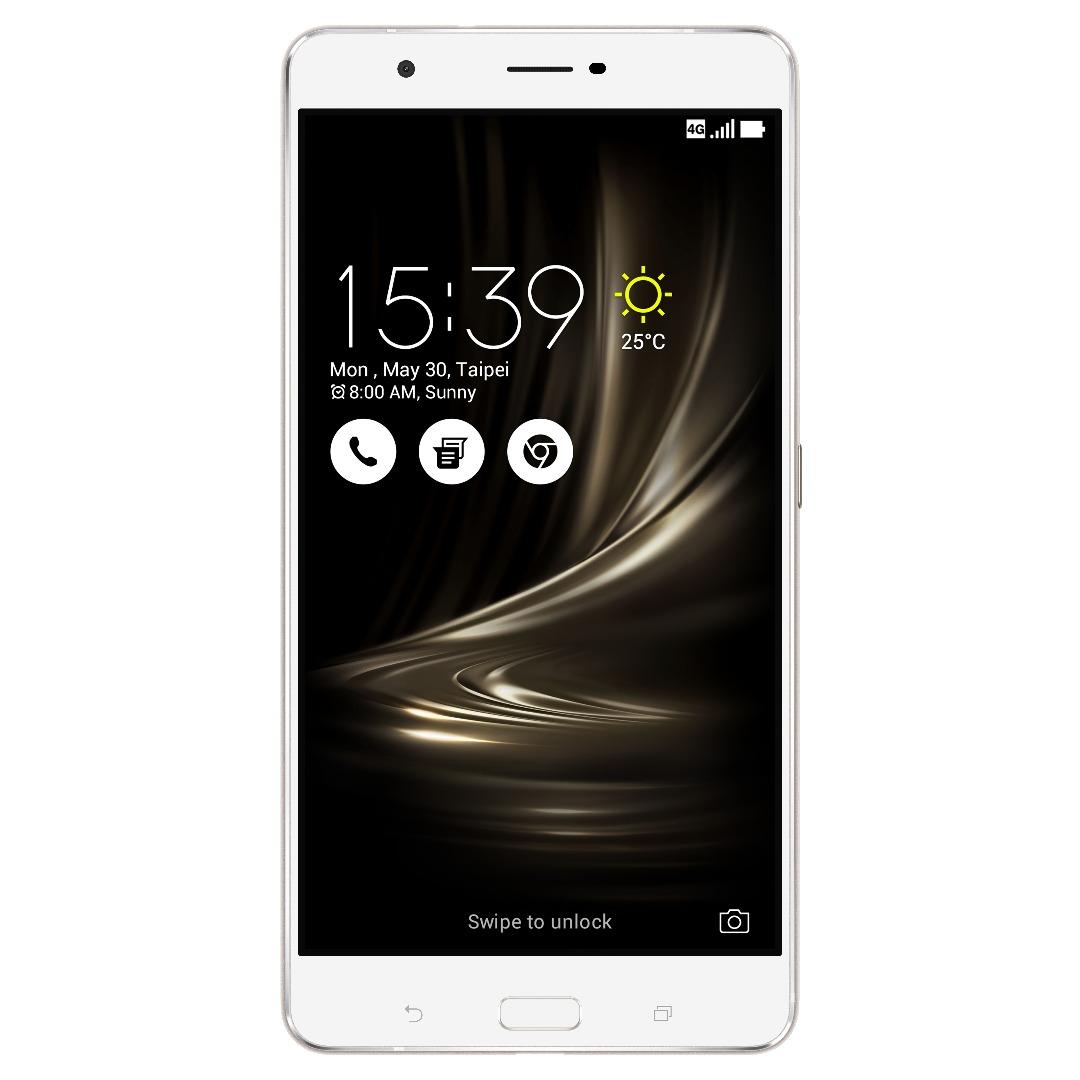ASUS ZenFone 3 family continues bang for buck tradition
At Computex 2016, ASUS unloaded a ton of new devices for consumers to gawk at and drool over. While majority of those were, as expected, Windows PCs, ASUS also had something in store for the Android fans in the crowd. Giving credence to earlier leaks, it unveiled not just one but three ZenFone 3 models, each with its own story to tell. And like the ZenFone 2 before it, they are primed for performance, but this time with Qualcomm Snapdragons instead of Intel Atoms for processors.
If you presume the ZenFone 3 to be the base flagship model, you'd actually be slightly wrong, yet that will probably be the mistake many would make when looking at ASUS' new lineup. The ZenFone 3, in reality, could have been called the ZenFone 3 Lite but nominally ASUS is indeed calling it the flagship. It is definitely the smallest of the three but it is also the one with the least number of "special" features. That's not to say it would be a let down. The 5.5-inch screen does have a Full HD resolution and it runs on a Qualcomm Snapdragon 652, the higher mid-range chip, with ample 4 GB of RAM. The rear camera has 16 megapixels with an f/2.0 aperture and, surprisingly, 4-stop optical image stabilization. The front cam is no underdog either with 8 megapixels and f/2.0 lens. The battery is 3,000 mAh but no fast charging to boast of.
• OS: Android 6.0 Marshmallow (ZenUI 3.0)
• Size: 152.59 x 77.38 x 7.69 mm
• Weight: 155g
• Display: 5.5" 1080p SuperIPS+ LCD
• Processor: Snapdragon 625
• RAM: 3GB/4GB RAM
• Internal Storage: 32GB/64GB
• microSD card slot
• Camera (rear): 16MP ASUS PixelMaster 3.0 (F2.0) with OIS, Laser autofocus (Sony IMX298)
• Camera (front): 8MP (F2.0)
• Connectivity: WiFi 802.11 a/b/g/n/ac (2.4/5GHz), Bluetooth v4.2 LE, NFC
• Battery: 3,000 mAh
• IP rating: -
• Others: Fingerprint, USB 2.0 Type-C, 3.5mm headphone jack
The real flagship model is the ZenFone 3 Deluxe, at least if you put it side by side other early 2016 frontrunners. It runs with the Qualcomm Snapdragon 820 and has up to 6 GB of RAM. Sadly, the 5.7-inch screen doesn't bump up the resolution and stays with 1920x1080 pixels. Instead, ASUS splurged on the camera, which has a 23 megapixel sensor, f/2.0 aperture, and ASUS' "TriTech Focus" technology, which is actually common to all three models. While it has the same 3,000 mAh battery, the ZenFone 3 Deluxe supports Quick Charge 3.0, which promises to juice up the phone up to 68% in just 39 minutes.
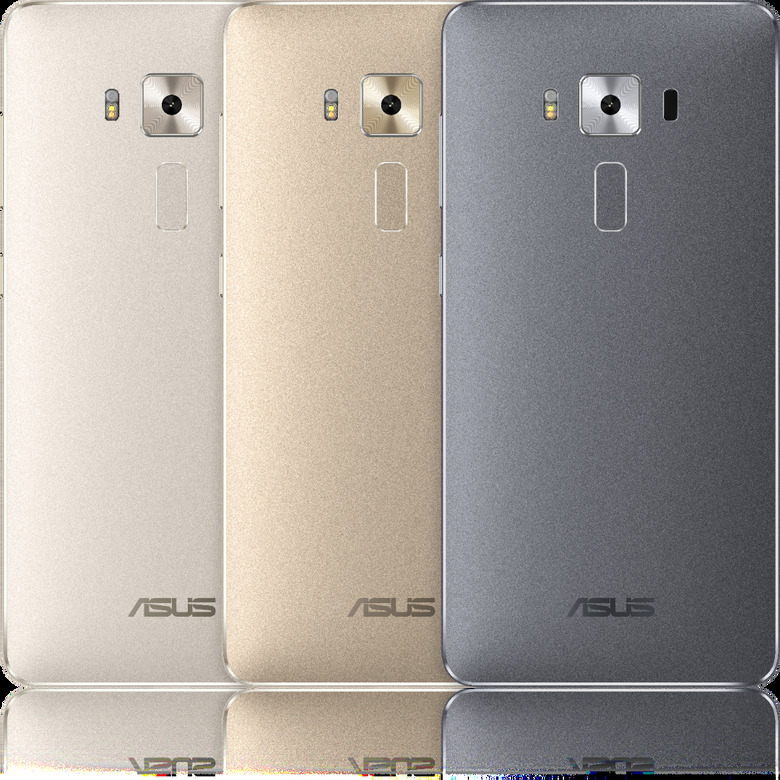
• OS: Android 6.0 Marshmallow (ZenUI 3.0)
• Size: 156.4 x 77.4 x 4.2 ~ 7.5 mm
• Weight: 170g
• Display: 5.7" 1080p Super AMOLED
• Processor: Snapdragon 820
• RAM: 6GB RAM
• Internal Storage: 64GB/128GB/256GB (UFS 2.0)
• microSD card slot (dual sim or 1 sim + microSD)
• Camera (rear): 23MP ASUS PixelMaster 3.0 (F2.0) with OIS, Laser autofocus (Sony IMX318)
• Camera (front): 8MP (F2.0)
• Connectivity: WiFi 802.11 b/g/n/ac (2.4/5GHz), Bluetooth v4.2 LE, NFC
• Battery: 3,000 mAh
• IP rating: -
• Others: Fingerprint, USB 2.0 Type-C, Quick Charge 3.0, 3.5mm headphone jack
The ZenFone 3 Ultra is a bit of an oddball. It is the largest of the three at a humongous 6.8-inch display size. It is supposedly intended for multimedia consumption but its hardware falls short in making that a truly impressive experience. ASUS boasts that the ZenFone 3 Ultra is the first smartphone to sport its Tru2Life+ Video technology which uses a 4K UHD image processor. That advantage, however, is lost on the display's 1080p resolution, which, at that screen size, has a discernibly low pixel density. It makes up for it somewhat in audio, which can output Hi-Res Audio, marketed as 4x better than CD quality audio, provided compatible headphones are connected. The 4,600 mAh battery can be charged up to 60% in 45 minutes thanks to Quick Charge 3.0. This Ultra model inherits the "flagship" Snapdragon 652 CPU and 4 GB of RAM. Curiously, it gets the 23 megapixel high-end camera from the Deluxe model.
• OS: Android 6.0 Marshmallow (ZenUI 3.0)
• Size: 186.4 x 93.9 x 6.8 mm
• Weight: 233g
• Display: 6.8" 1080p IPS LCD
• Processor: Snapdragon 652
• RAM: 4GB RAM
• Internal Storage: 32GB/64GB/128GB
• microSD card slot (dual sim or 1 sim + microSD)
• Camera (rear): 23MP ASUS PixelMaster 3.0 (F2.0) with OIS, Laser autofocus (Sony IMX318)
• Camera (front): 8MP (F2.0)
• Connectivity: WiFi 802.11 a/b/g/n/ac (2.4/5GHz), Bluetooth v4.2 LE, NFC
• Battery: 4,100 mAh
• IP rating: -
• Others: Fingerprint, USB 2.0 Type-C, Quick Charge 3.0, 3.5mm headphone jack
Despite the minor differences, the three are undoubtedly from the same family, sporting the same overall design and bearing some similar feature. For example, all three have fingerprint sensors, though the ZenFone 3 Ultra has it in front while the other two sport it on their rears. All three also boast of ASUS' TriTech autofocus system, which selects between PDAF, Laser Autofocus, or Continuous AF depending on the scene. And all three sport the USB Type C ports, making them one of the still few smartphones to adopt the new standard.
Availability and pricing are still unknown, but ASUS traditionally prices its devices below its peers. The ZenFone 3 Deluxe, for example, is said to start at $500, which isn't that bad for a flagship product, if not for the 1080p screen.

